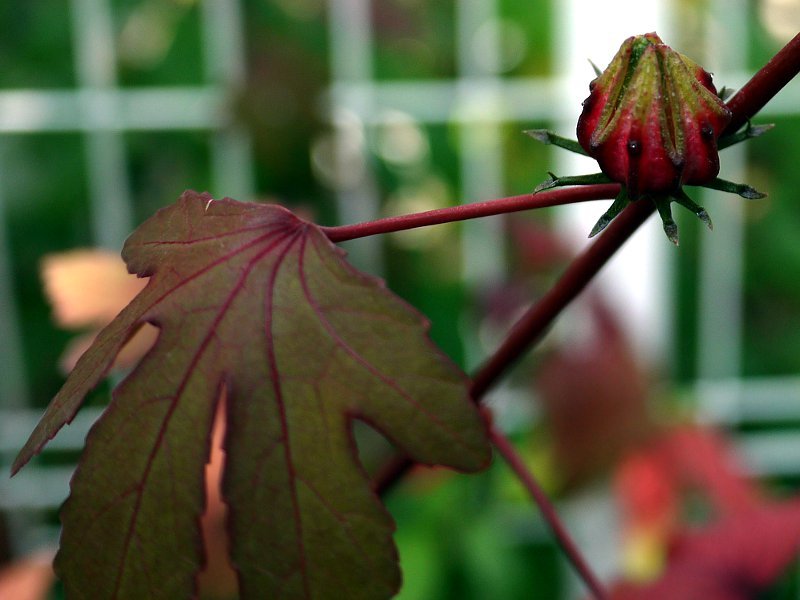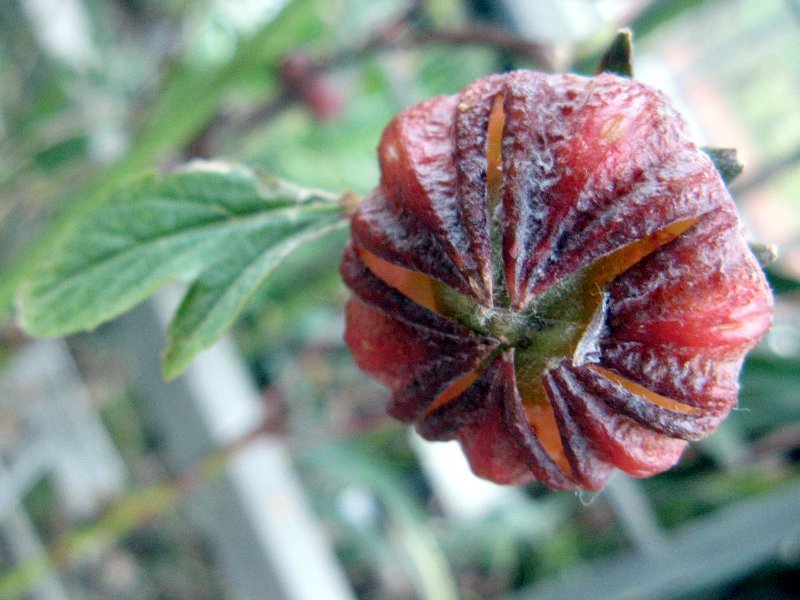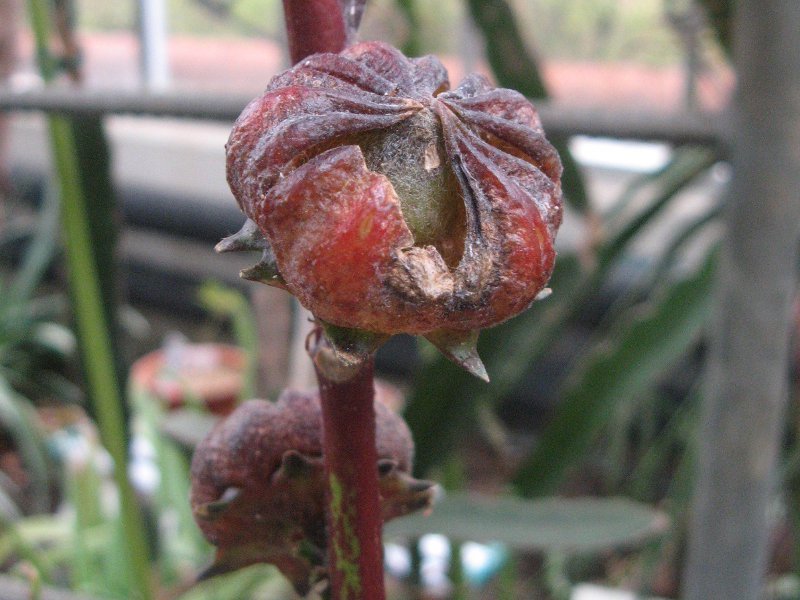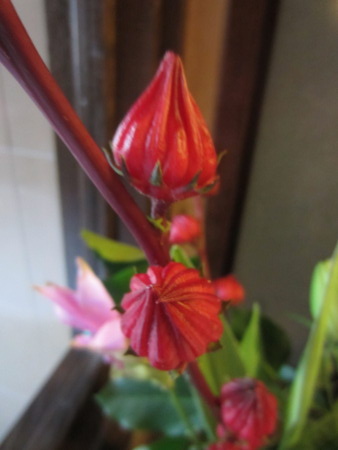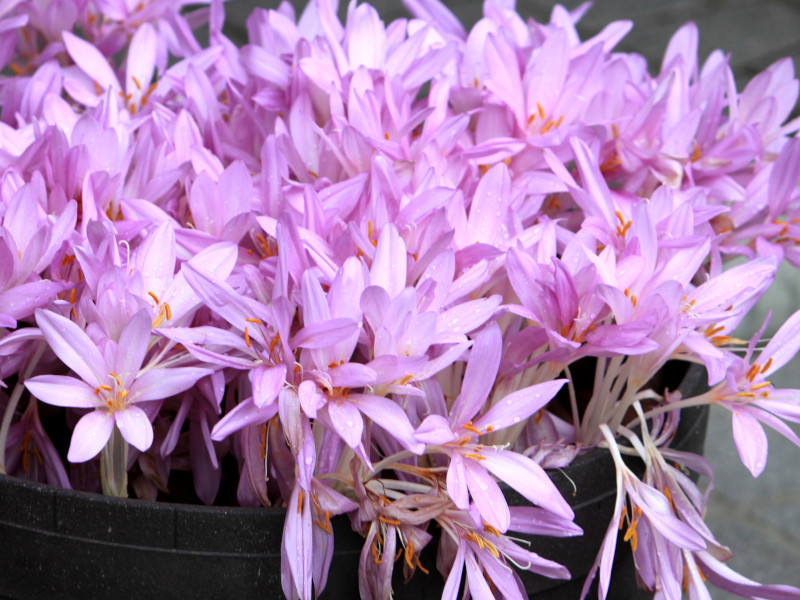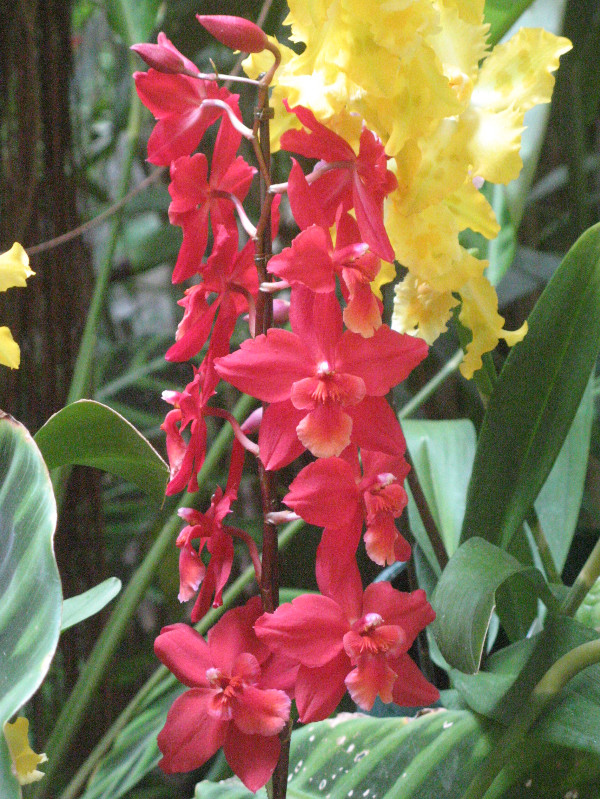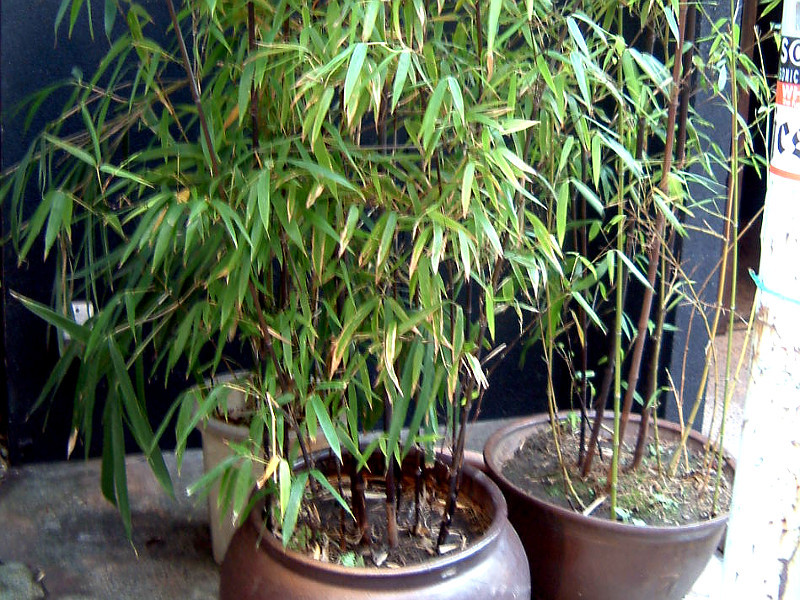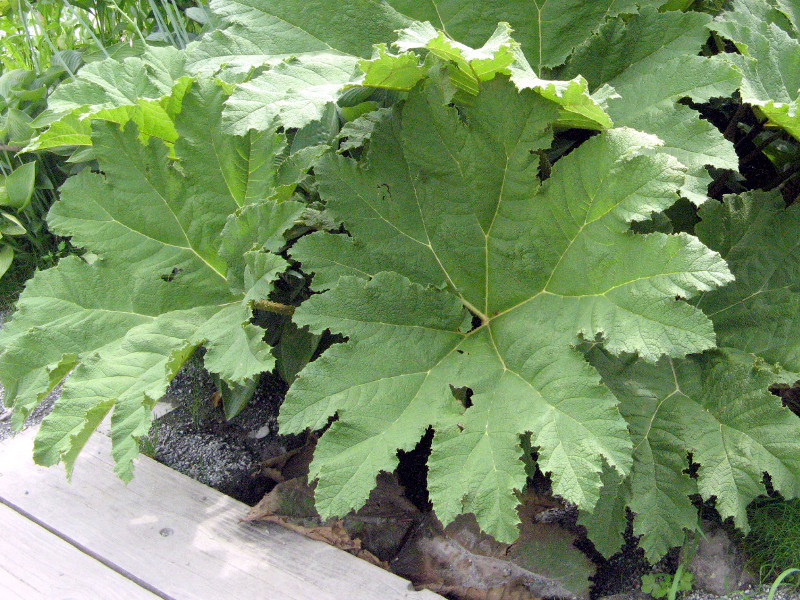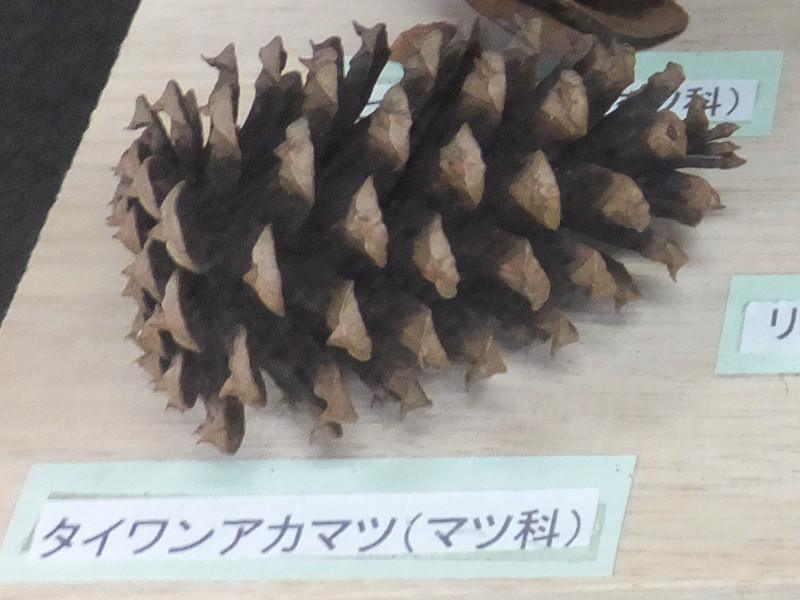Roselle
Material of Hibiscus tea
- Flower nameRoselle
- Scientific nameHibiscus subdariffa
- Aliasソレル草, ジャマイカ・ソレル, フロリダ・クランベリー, ロゼリソウ, Roselle, ハイビスカスローゼル
- Place of originEgipt
- Place of floweringSubtropical region
- Flowering seasonSeptember, October, November, December
- Language of flowersNew love
What is Roselle
Roselle (Scientific name: Hibiscus subdariffa) is native to Egypt and is a non-cold-resistant annual or perennial shrub of the family Hymenaceae. It is a group of hibiscus (scientific name: Hibiscus rosa-sinensis) as the genus name Hibiscus. While hibiscus is watching the flowers, Roselle is made a hibiscus tea with red purplish calyxes and bracts.
Since the material of hibiscus tea is not hibiscus but rosel, it is wrong that the pattern on the package of hibiscus tea uses hibiscus flowers. Flowers resemble Abelmoschus esculentus rather than hibiscus.
The height of the plant is maximum 300 cm. The stem is reddish purple.From autumn to early winter with few sunshine, a pale yellow flower from the axil of the leaf, a five-flowered flower with a base dark reddish color is produced. It is a flower day ,while it likes sunlight.
After the flowers are finished, reddish purple calyxes and bracts grow like fruits. Raw or dry this calyx and bract and pour hot water, a clear reddish purple liquid comes out. This extract contains a lot of vitamin C, citric acid, malic acid and sour taste. It is considered to be a health food effective for blood pressure depression, cold, fatigue recovery.
Common name: Roselle, Scientific name: Hibiscus subdariffa, aka: hibiscus rosel, sorrel grass, Jamaican sorel, Florida cranberry, Roselis, Place of Origin: Egypt, Living Type: Non-cold-resistant Annual Grass, Stock Height: 200-300 cm, Leaf Color: Green, Leaf Shape: Those with a long ellipse and those with 3 to 5 deeps mixed, Leaf margin: Flower color: pale yellow background or pale red color, the base part is invisible color, calyx Colors · Anther color: red purple, day flower, stamen: tubular shape with flower threads and anthers fused, harvest period: late October to December, use: fruits (actually calyxes and bracts) Hibiscus tea, jam, herbal medicine (Rokin gana), branches are flower materials, leaves are vegetables, taste: acidity.

